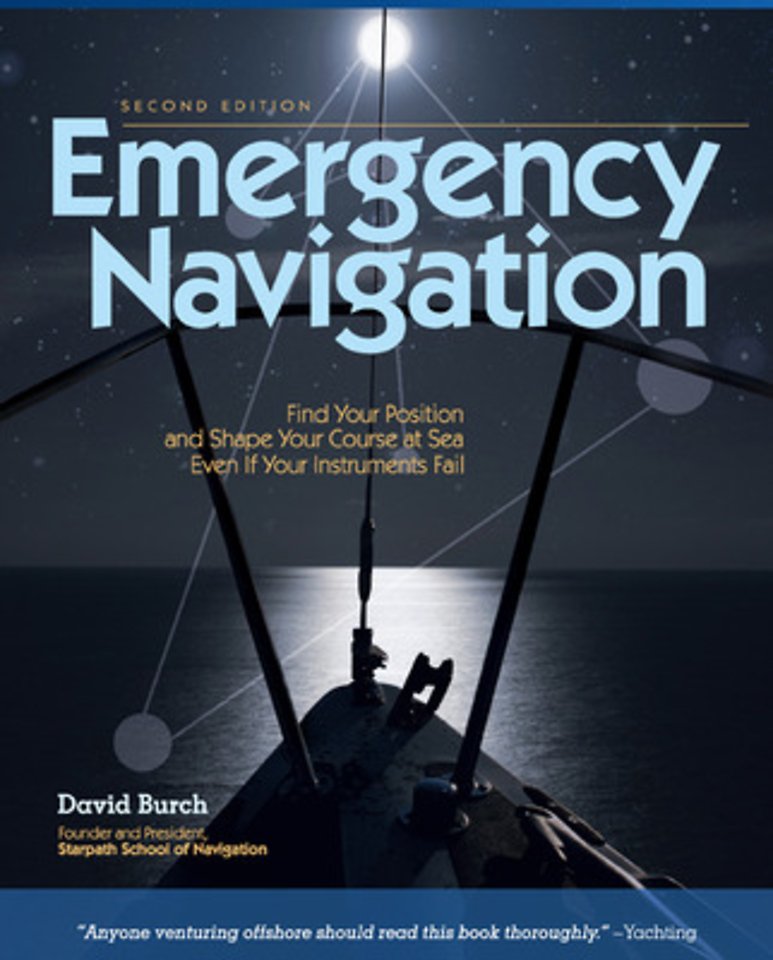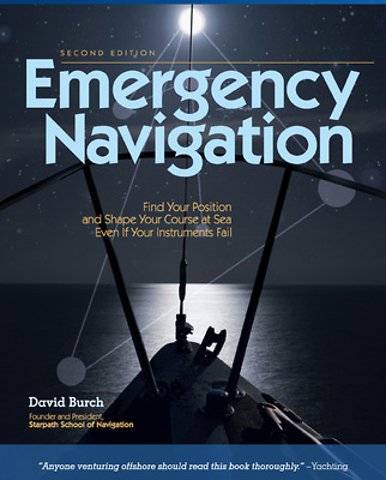Emergency Navigation, 2nd Edition
Samenvatting
Find Your Way at Sea, No Matter What
“Inherently interesting and fun to read . . . provides the clearest understanding of general navigation principles we've seen yet.”--BoatU.S.
“Thorough and authoritative.”--Sea Kayaker
“A definitive work of instant appeal to seamen of all levels of experience.”--The Navigation Foundation
Every sailor knows that instruments can fail. Things get wet, break, fall overboard. Whether you’re safe on your boat or drifting in a life raft, let David Burch show you how to find your way no matter what navigational equipment you have. Often relying on common materials like a small stick, a plastic bottle, even a pair of sunglasses, Burch explains how to make use of all available means--from the ancient skills of Polynesian navigators to the contrails of airliners overhead--to calculate speed, direction, latitude, and longitude and to perform all aspects of piloting and dead reckoning. Learn how toSteer by sun, stars, wind, and swells Estimate current and leewayImprovise your own knotmeter or plumb-bob sextant Find the sun in a fogbank Estimate latitude with a plate and a knotted string And more vital information

